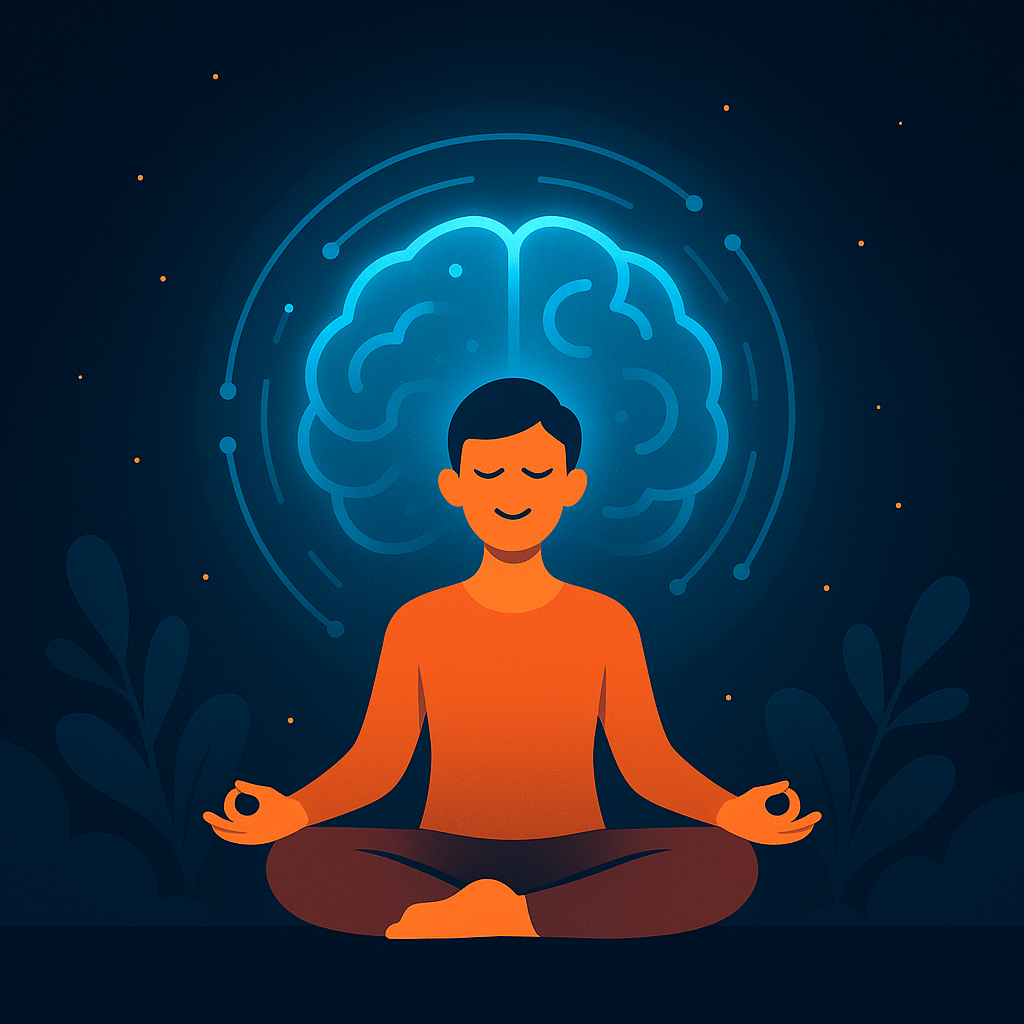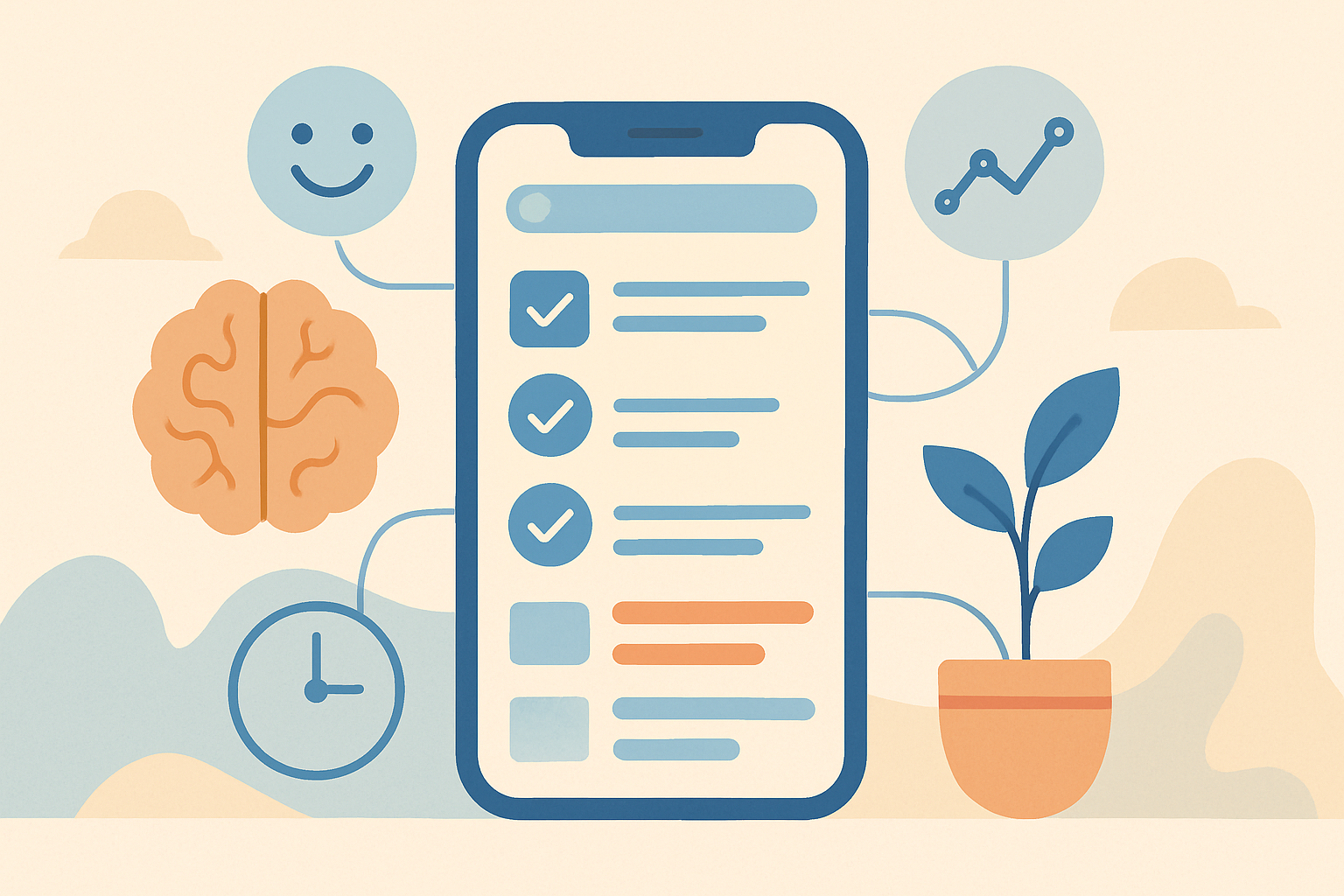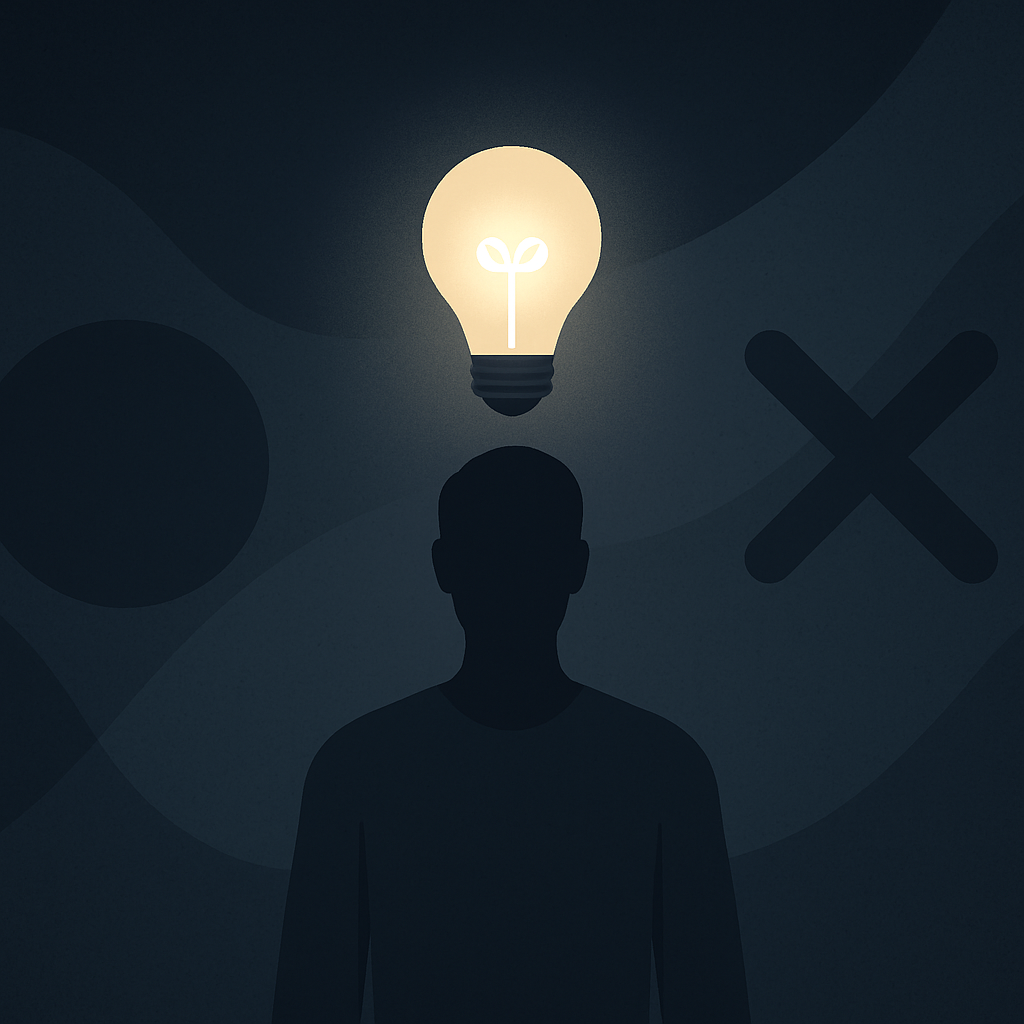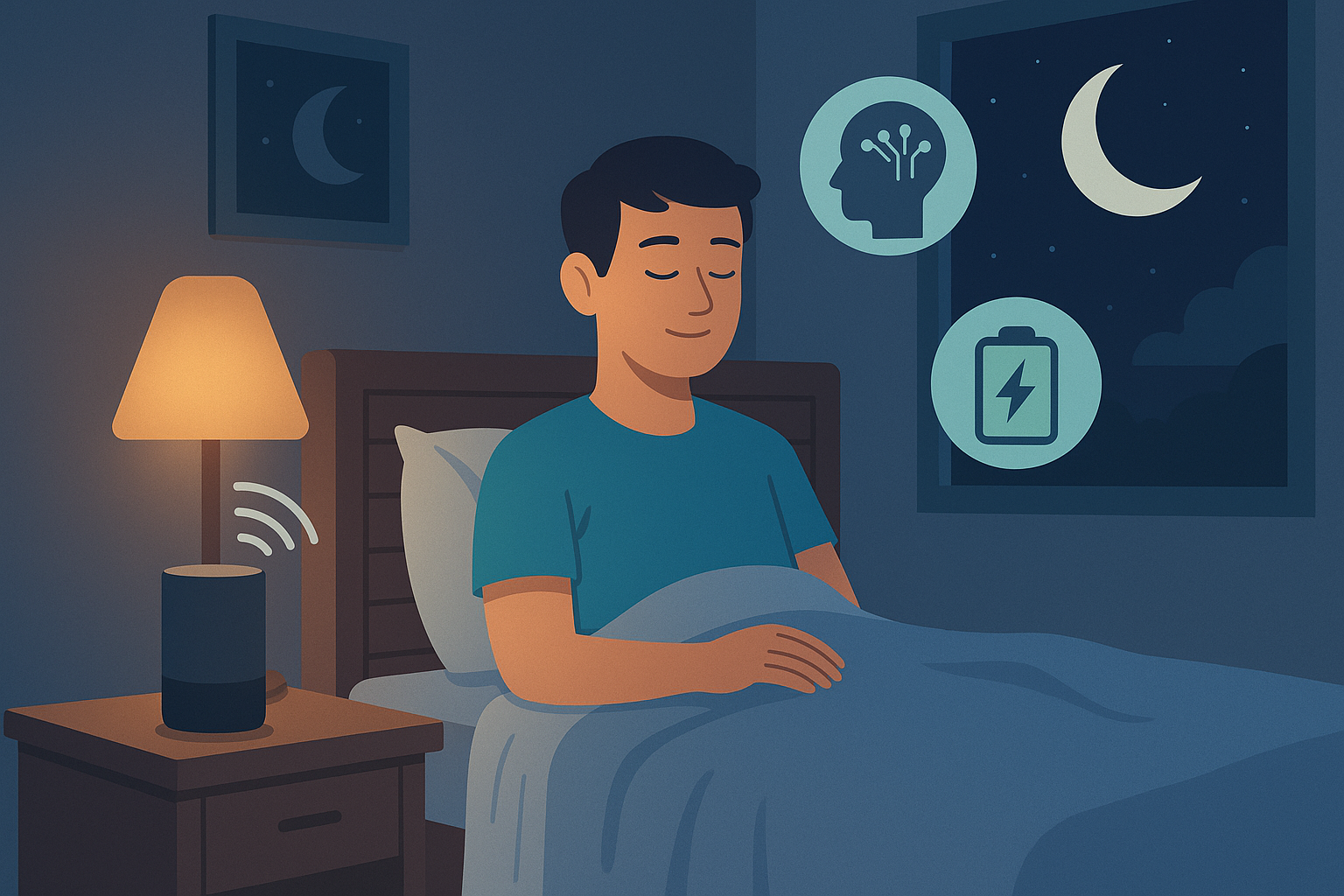In a world that moves faster than ever, the pressure to respond instantly has become the silent killer of good thinking. Between constant notifications, meetings, and algorithm-driven urgency, our attention rarely has a chance to breathe. Yet the ability to slow down — to think clearly and act deliberately — has never been more valuable. AI
Surprisingly, the very technology that fuels distraction is also becoming its antidote. Artificial intelligence, once associated with speed and automation, is now helping people slow down. Through mindful automation, emotional analysis, and cognitive feedback, AI is redefining how we manage attention, emotion, and work.
Thinking slower doesn’t mean doing less. It means working smarter — aligning technology with awareness instead of chaos.

The Modern Attention Crisis
Human attention is finite, yet every digital system is designed to consume it. Our brains evolved to handle gradual information flow, not a constant firehose of stimuli. This mismatch between biology and technology has created a new kind of fatigue: cognitive overload.
The result is decision fatigue, emotional exhaustion, and an inability to separate urgency from importance. AI Studies from MIT and Stanford show that high-frequency context switching — moving between apps, tabs, and notifications — degrades problem-solving and emotional regulation.
Mindfulness, the practice of being fully present, restores cognitive integrity. But alone, it’s hard to maintain. That’s where AI now plays a supporting role — serving as a digital mirror that helps us notice and regulate how we use our time, attention, and emotional energy.
When AI Learns to Slow You Down
AI-driven systems are starting to embody the principles of mindfulness by guiding users toward intention and balance. Instead of forcing silence, they design awareness.
Imagine a system that detects when your tone becomes rushed in emails or messages, and suggests waiting 30 seconds before sending. Or a writing assistant that recognizes cognitive fatigue in your phrasing and recommends a short break.
These micro-interventions, powered by natural language processing and behavioral learning, teach your brain to slow down in moments of unconscious acceleration. AI, in this context, doesn’t push you to move faster — it nudges you toward presence.
Example:
A manager using GrammarlyGO notices AI-generated suggestions that highlight emotional overtones in her writing. The tool detects rushed, tense phrasing during high-stress hours and proposes calmer alternatives. Over weeks, she not only communicates better — she feels better.
Here, AI becomes a reflection tool for mindfulness — not just a productivity enhancer.
How Mindfulness and AI Complement Each Other
Mindfulness and AI might seem opposites: one deeply human, the other computational. Yet they intersect in a powerful way — through awareness and feedback. Mindfulness trains awareness internally, while AI provides external awareness through data.
Together, they create a feedback loop between your subjective state and objective patterns.
| Aspect | Mindfulness | AI Integration | Result |
|---|---|---|---|
| Awareness | Observing your thoughts | Data on focus and activity | Balanced insight (internal + external) |
| Intention | Acting with purpose | Automated context reminders | Fewer impulsive decisions |
| Feedback | Noticing behavior | Visualized patterns over time | Habit reinforcement |
| Regulation | Managing stress response | AI-guided rest intervals | Improved emotional stability |
Instead of replacing mindfulness, AI becomes its amplifier — translating vague self-awareness into actionable patterns. You start to see your mental rhythm.
From Productivity to Presence
AI’s greatest promise is not in doing more, but in helping humans do better. True intelligence — biological or artificial — emerges not from constant motion, but from well-directed stillness.
AI tools like Calm AI, Endel, and Waking Up AI Companion are beginning to introduce guided “digital mindfulness.” They adjust soundscapes, breathing guidance, or visual focus prompts based on your emotional state. Using sensors or keyboard data, they can even detect rising stress and recommend pauses.
Example:
An executive using Endel AI starts her day with a 20-minute focus session. As her typing intensity increases, the app detects cognitive stress patterns and transitions from stimulating music to softer tones. She doesn’t have to think about balance — her system manages it for her.
In this new paradigm, AI isn’t speeding you up; it’s tuning you into a natural tempo.
The Science of Thinking Slower
Neuroscience supports the principle behind “thinking slower.” When the brain is in beta state (high alert), attention narrows, and creativity drops. When it shifts toward alpha-theta frequencies, associated with relaxation and mindfulness, problem-solving and intuition improve.
AI-guided mindfulness tools leverage biometric data to nudge users between these states at the right time. Wearables like Muse 2, Oura Ring, and Apple Watch’s Mindfulness mode analyze heart rate variability (HRV) to assess stress. Once the AI detects high arousal, it triggers short interventions — breathing cues, guided thoughts, or sound environments that pull the nervous system back to balance.
This isn’t about meditation apps — it’s about a symbiotic loop between brain, body, and machine that encourages equilibrium.
Table: Mindful AI Workflow
| Moment | AI Tool Example | Function | Mindful Outcome |
|---|---|---|---|
| Morning | Calm AI / Endel | Creates soft focus sound environment | Starts the day intentionally |
| Midday | Muse / Oura | Detects rising stress | Suggests short grounding exercise |
| Afternoon | Notion AI | Summarizes and reprioritizes tasks | Reduces overload, promotes clarity |
| Evening | Waking Up / Balance | Encourages reflection through journaling | Improves sleep and closure |
Over time, this cycle reshapes digital behavior. Instead of beginning and ending each day in reaction mode, you start to experience guided flow.
AI as a Mirror for Self-Awareness
The most advanced use of AI in mindfulness isn’t automation — it’s reflection. Tools that visualize your emotional data, tone, and productivity patterns reveal unconscious habits in real time.
Imagine an AI dashboard showing your focus levels across the week, alongside emotional states inferred from text sentiment or meeting transcripts. Suddenly, your internal world becomes measurable, not to judge it, but to understand it.
You notice that anxiety peaks after 3 p.m. meetings or that creative flow increases during offline mornings. With that awareness, you make decisions that honor your natural rhythm.
AI becomes your mirror, helping you align data with intuition — the ultimate form of intelligent balance.
Thinking Slower in the Age of Acceleration
In a society obsessed with speed, thinking slower becomes an act of rebellion. AI enables that rebellion not by resisting technology, but by evolving it.
Imagine a future where your workspace senses overload and auto-dims your screen. Where your assistant pauses notifications when your heart rate spikes. Where your calendar leaves intentional white space between deep work sessions.
This is not science fiction — it’s the logical evolution of humane technology. AI that doesn’t compete with the mind, but cooperates with it.
Conclusion
Artificial intelligence is often described as cold and analytical, while mindfulness is seen as warm and human. But both share the same goal: awareness. When combined, they redefine productivity — not as speed, but as depth.
Working smarter means honoring your cognitive limits and letting AI safeguard your rhythm. It’s about letting technology learn from you — and in return, teaching it to slow down with you.
Because the smartest minds aren’t the fastest. They’re the most present.
Further Reading & Related Insights
Internal link:
- Use AI to Block Distractions Automatically — Discover how AI tools help protect focus and prevent digital overload.
External links:
- Mindful.org – How Technology Can Support Mindfulness Practice
- Stanford Human-Centered AI – Emotion and Attention in the Age of Automation
Blog
This section provides an overview of the blog, showcasing a variety of articles, insights, and resources to inform and inspire readers.
-

AI Habit Tracking and the New Rhythm of Modern Self-Improvement
AI Habit Tracking. Progress used to depend on discipline. Now, it depends on data.…
-

AI Decision Making and the New Discipline of Intentional Living
AI Decision Making. Every “yes” has a cost. Every time you agree to something…
-

The Perfect AI Night Routine to Sleep Better and Think Smarter
AI Night Routine. Your morning doesn’t begin when you wake up — it begins…
